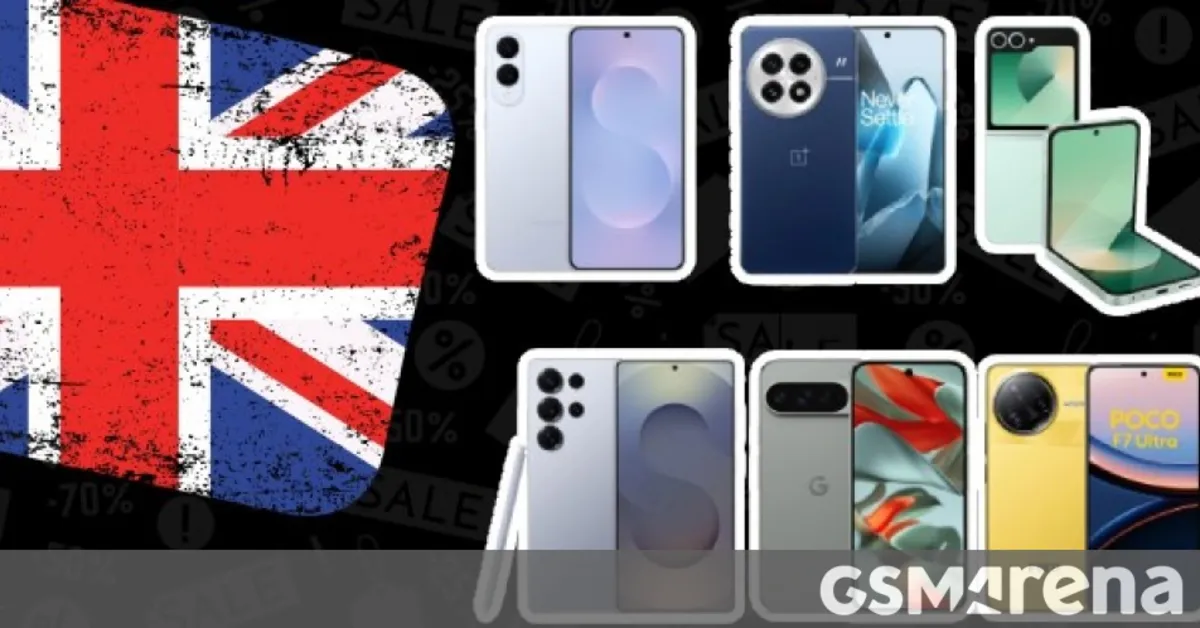
Samsung has officially unveiled the Galaxy S25 Edge, which boasts an impressive thickness of just 5.8mm, making it the thinnest smartphone released in years. As a noteworthy highlight, no other smartphone launched in the 2020s has achieved a thickness below 6mm. However, this remarkable design comes with a hefty price tag. In this article, we will provide a comprehensive price breakdown and discuss whether the Galaxy S25 Edge is the smartphone you've been waiting for or just another gimmick from Samsung.
If you're leaning towards the former, you’ll be pleased to know that the Samsung Galaxy S25 Edge impresses not only with its slim profile but also with its lightweight construction. Weighing in at just 163 grams, it’s only a single gram heavier than the standard Galaxy S25, despite a significant difference in screen size (6.7 inches vs. 6.2 inches). One of the standout features of the Galaxy S25 Edge is its main camera, which is equipped with a formidable 200MP sensor—a feature that was previously exclusive to the Ultra models.
However, there are some drawbacks to consider. The battery capacity of the Galaxy S25 Edge is smaller than that of the vanilla S25, measuring 3,900mAh compared to 4,000mAh. Additionally, the charging capabilities are somewhat lacking, with only 25W wired and 15W wireless charging options available. Another limitation is the absence of a telephoto camera; the device relies solely on the 200MP main camera for zoom functionality.
When it comes to pricing, the Galaxy S25 Edge is on the expensive side, even with the enticing offer of a free storage upgrade to 512GB and a £100 Samsung Credit. In contrast, the Samsung Galaxy S25 Ultra costs £100 less for the same storage capacity, thanks to a substantial discount. Although the Ultra is chunkier at 8.2mm and weighs 218g, it compensates with a larger display (6.9 inches) and a battery capacity of 5,000mAh, featuring faster charging speeds of 45W wired.
Moreover, the S25 Ultra is equipped with more advanced camera options, including a 10MP 3x (67mm) medium telephoto and a 50MP 5x (111mm) long telephoto camera. It also has a 50MP ultra-wide camera, while the Edge is limited to a basic 12MP unit, similar to the vanilla and Plus models.
There are rumors that the Galaxy S25 Edge may replace the Plus model in the Galaxy S lineup next year. For now, however, the Galaxy S25+ is priced lower than the Edge. Given the current pricing landscape, many consumers might prefer the Ultra over the Plus model. If you're considering an S25+, it could be wise to wait a week or two for potential price adjustments.
While the Galaxy S25 Edge is incredibly thin, it still measures 75.6mm in width. In comparison, the vanilla Samsung Galaxy S25 is 70.5mm wide and weighs the same. This raises the question: which phone feels "smaller" to you? The S25 provides nearly identical hardware to the S25+, minus the 6.2-inch display and the 4,000mAh battery, which is essentially the same size as the Edge.
For those looking for compact designs, the Samsung Galaxy Z Flip6 folds down to dimensions of 85.1 x 71.9 x 14.9mm and weighs 187g. While it lacks a 200MP camera, it offers a 50MP + 12MP setup. Its battery is slightly larger than the Edge's at 4,000mAh, although foldable phones typically struggle with battery size. Looking ahead, the Z Flip7 is expected to debut soon, but it will likely carry a higher price than the current £900 tag for the 2024 model.
Another alternative is the Motorola Razr 60 Ultra, which is priced similarly to the Galaxy S25 Edge. It features an IP48 rating, a Snapdragon 8 Elite chipset, and a larger battery at 4,700mAh, with faster charging capabilities than even the S25 Ultra—68W wired and 30W wireless.
In the competitive smartphone market, the Google Pixel 9 Pro XL stands out with its thickness of 8.5mm, weighing 221g and featuring a 6.8-inch display and a 5,060mAh battery. It also offers multiple camera options: a 50MP main camera, a 48MP 5x telephoto, and a 48MP ultra-wide camera. While the Pixel 9 Pro is slightly more compact at 72mm wide and 199g, it still doesn't match the lightweight profile of the S25 Edge.
For those who prioritize a larger battery and enhanced charging speeds, the OnePlus 13 is a strong contender. It features a 6.82-inch display and a 6,000mAh battery, surpassing Samsung’s offerings. The OnePlus 13 also supports fast charging at 100W wired and 50W wireless, making it an attractive alternative to the S25 Edge.
If you're concerned about budget, the Poco F7 Ultra is an appealing option, priced at half that of the Galaxy S25 Edge. Although it is not as slim (8.4mm, 212g), it still packs a punch with a Snapdragon 8 Elite chip, a larger 5,300mAh battery, and impressive charging capabilities (120W wired and 50W wireless). The camera setup includes a 50MP main, a 50MP 2.5x telephoto, and a 32MP ultra-wide, making it a well-rounded choice for photography enthusiasts.
In conclusion, while the Samsung Galaxy S25 Edge showcases innovative design and impressive features, potential buyers should carefully weigh its limitations against other available options in the market. With various compelling alternatives, including the Galaxy S25 Ultra, Google Pixel 9 Pro XL, and even budget-friendly models like the Poco F7 Ultra, there is a smartphone for every preference and price range.